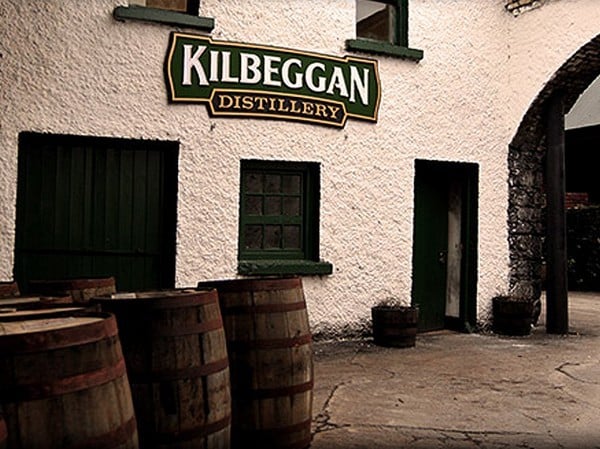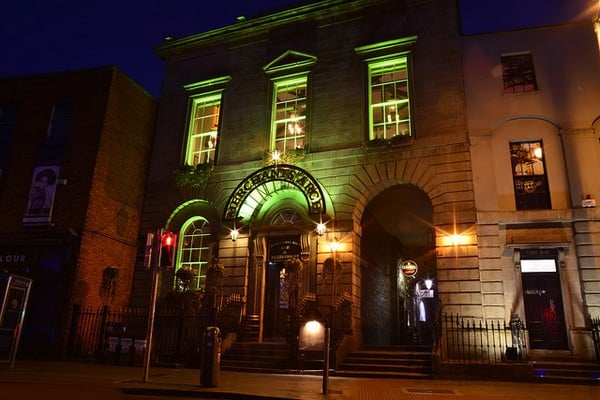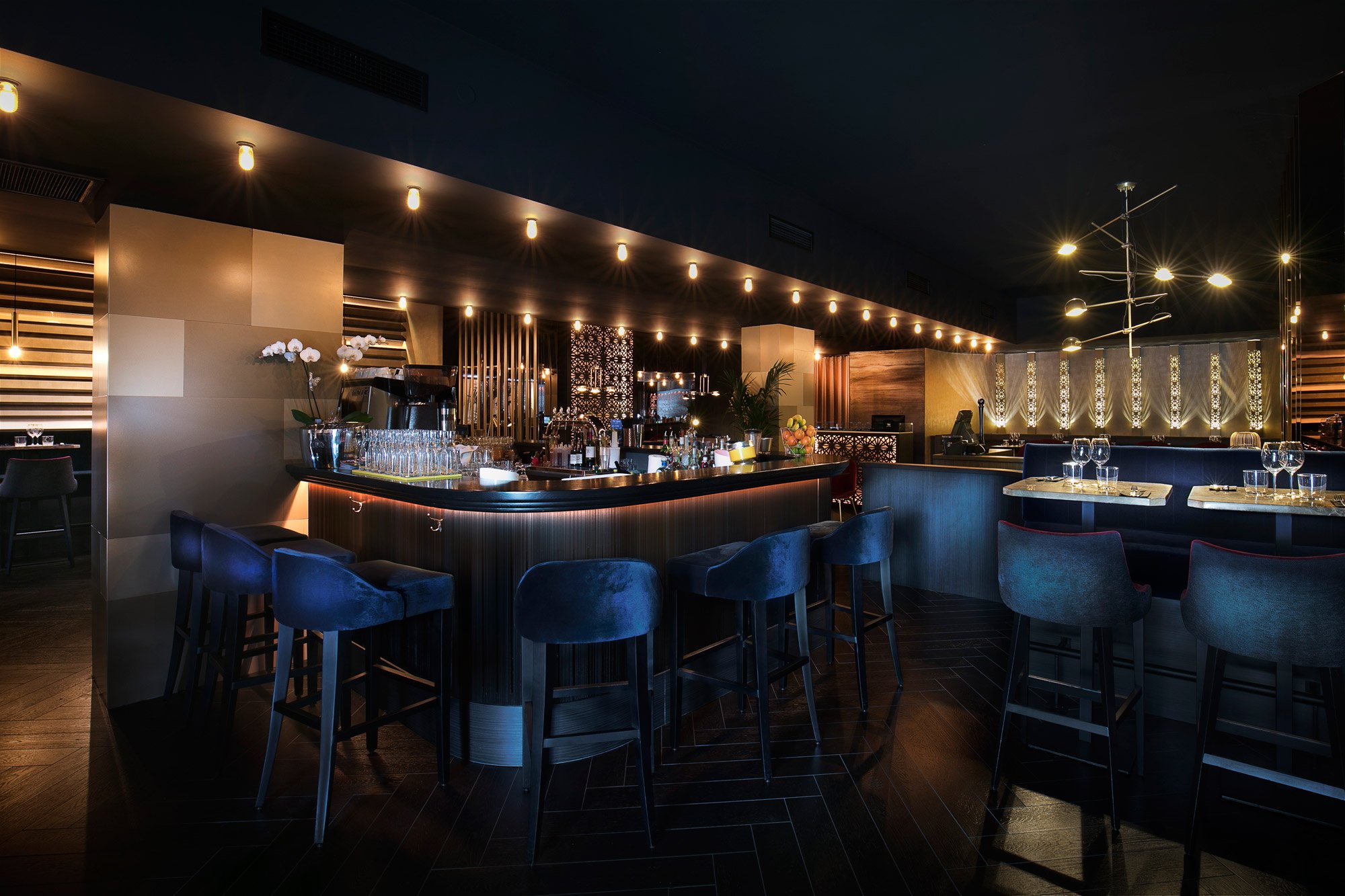
Restaurant lighting ideas that inspire
The goal of any well-designed casual or fine-dining restaurant is to provide a welcoming, relaxed environment in which guests can enjoy the food and leave with all senses satisfied. But it must also allow diners to be able to read the menus and see their food (and each other) in the most attractive way possible. Lighting is an important component of the restaurant’s overall design aesthetic and an important tool in reaching that goal. 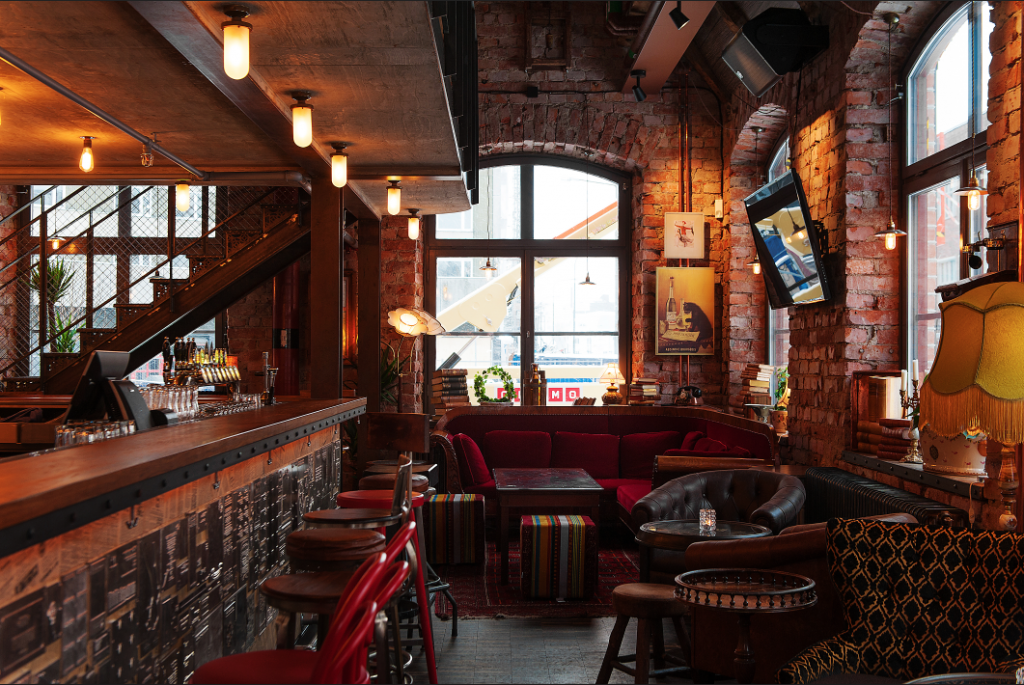 The intensity of your lighting fixtures also depends on the height of your ceiling, the colour of your walls and floors, your tiling and carpeting, and your furniture arrangement. There are several factors to think about when deciding what types of lights to use in your operation. Your lighting should be evenly spread out over your dining area so that there are no pockets of excessively bright spots or dark spots. The level of your lighting can be high or low depending on the atmosphere and mood of your establishment. For example, a quaint, romantic restaurant might dim the lights more so than a fast food operation. Your reception area should be brighter than the dining room so that guests walking into your operation can see the hosts, read the menu, etc.
The intensity of your lighting fixtures also depends on the height of your ceiling, the colour of your walls and floors, your tiling and carpeting, and your furniture arrangement. There are several factors to think about when deciding what types of lights to use in your operation. Your lighting should be evenly spread out over your dining area so that there are no pockets of excessively bright spots or dark spots. The level of your lighting can be high or low depending on the atmosphere and mood of your establishment. For example, a quaint, romantic restaurant might dim the lights more so than a fast food operation. Your reception area should be brighter than the dining room so that guests walking into your operation can see the hosts, read the menu, etc.  Our NYX coolie wall lights feature in Café Hinkalnaya in Moscow. Ambient illumination provides the uniform base level of light throughout the space. A recessed spotlight in the ceiling can be a great way of lighting a table, a tasteful hanging pendant light, or even lamps on a nearby wall can work well.
Our NYX coolie wall lights feature in Café Hinkalnaya in Moscow. Ambient illumination provides the uniform base level of light throughout the space. A recessed spotlight in the ceiling can be a great way of lighting a table, a tasteful hanging pendant light, or even lamps on a nearby wall can work well.  Ambient or general illumination can be achieved in various ways: recessed lighting; track lighting; indirect illumination of ceiling and wall surfaces, where the light fixture is hidden and the surface becomes the light source; or a combination of these methods. Adding focused accent lighting or highlighting of architectural features, sculptural elements and art creates interesting dynamics. Accent lighting is generally brighter than the ambient level, depending on the overall reflectance value of the surfaces to be illuminated.
Ambient or general illumination can be achieved in various ways: recessed lighting; track lighting; indirect illumination of ceiling and wall surfaces, where the light fixture is hidden and the surface becomes the light source; or a combination of these methods. Adding focused accent lighting or highlighting of architectural features, sculptural elements and art creates interesting dynamics. Accent lighting is generally brighter than the ambient level, depending on the overall reflectance value of the surfaces to be illuminated. 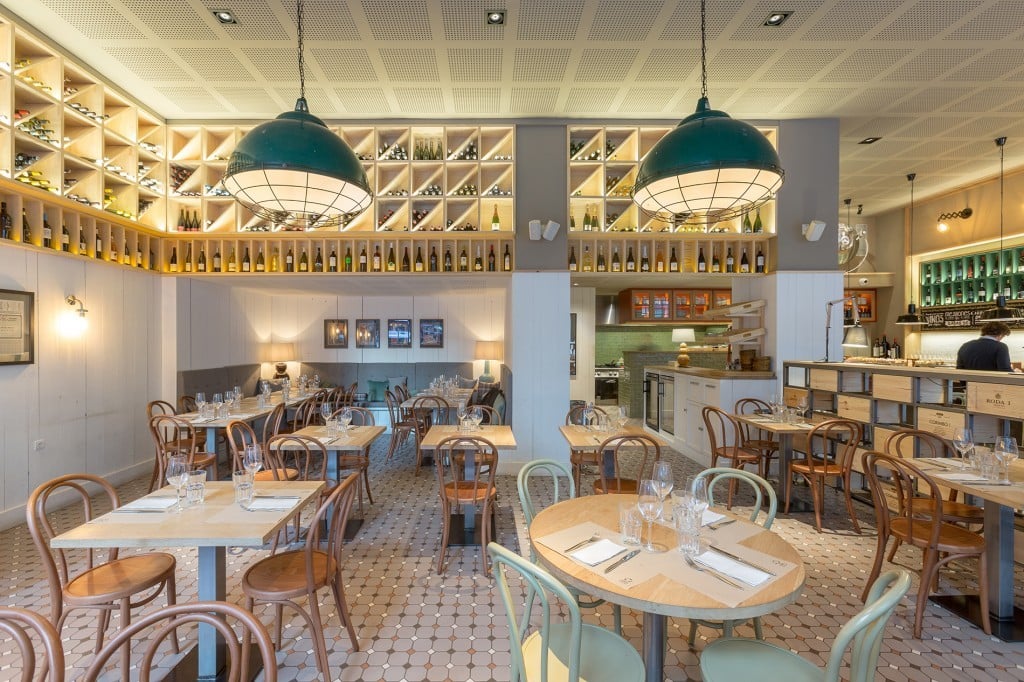 Brussel pendant lights from Mullan Lighting are suspended in this restaurant space. Decorative or feature lighting elements such as chandeliers and wall sconces reinforce the spatial and visual hierarchies. When using a mix of fixtures, try to minimize the number of lamp (bulb) types used for ambient and accent lighting for ease in maintenance.
Brussel pendant lights from Mullan Lighting are suspended in this restaurant space. Decorative or feature lighting elements such as chandeliers and wall sconces reinforce the spatial and visual hierarchies. When using a mix of fixtures, try to minimize the number of lamp (bulb) types used for ambient and accent lighting for ease in maintenance.  Featured image credit: Baldini Architecture
Featured image credit: Baldini Architecture


